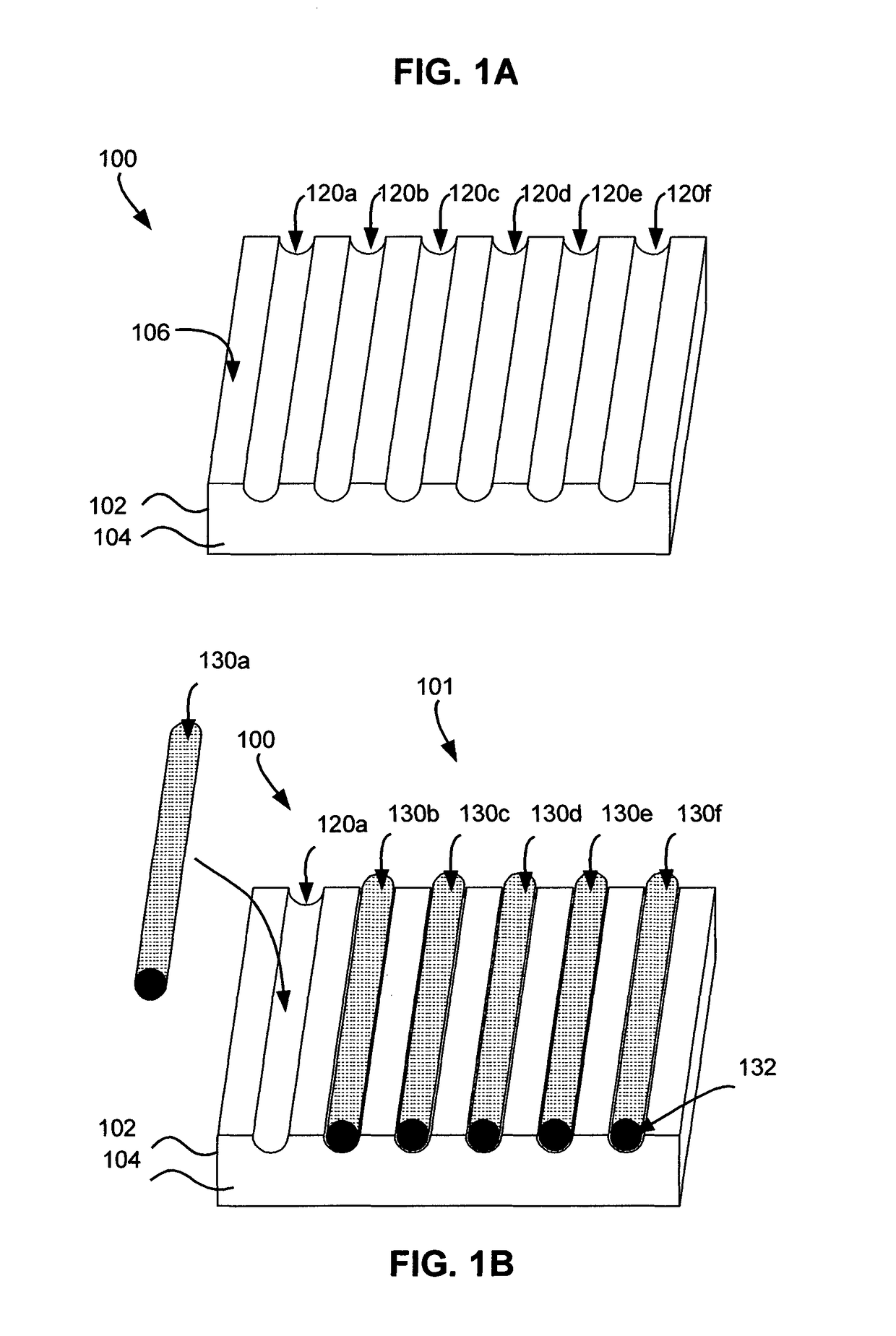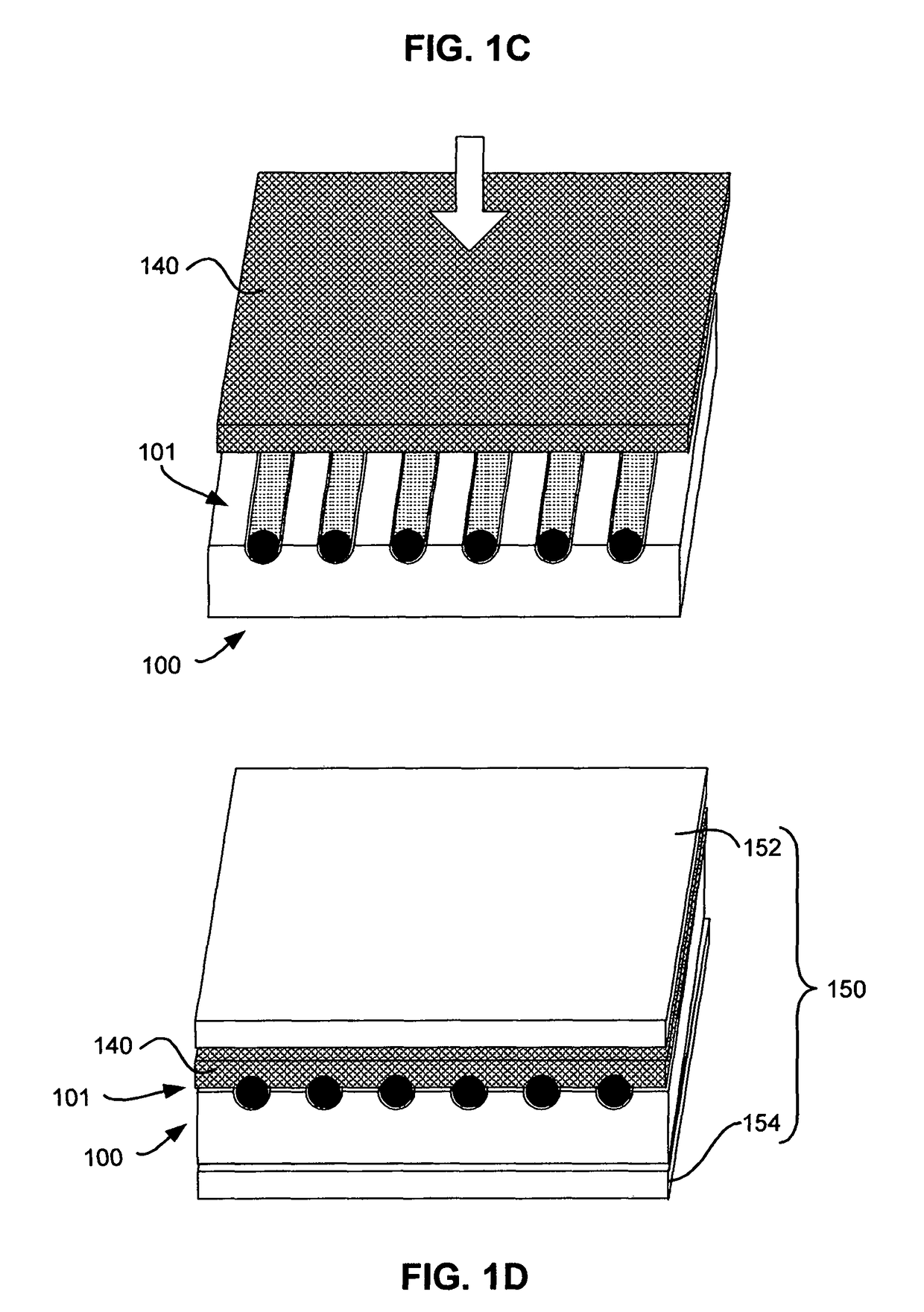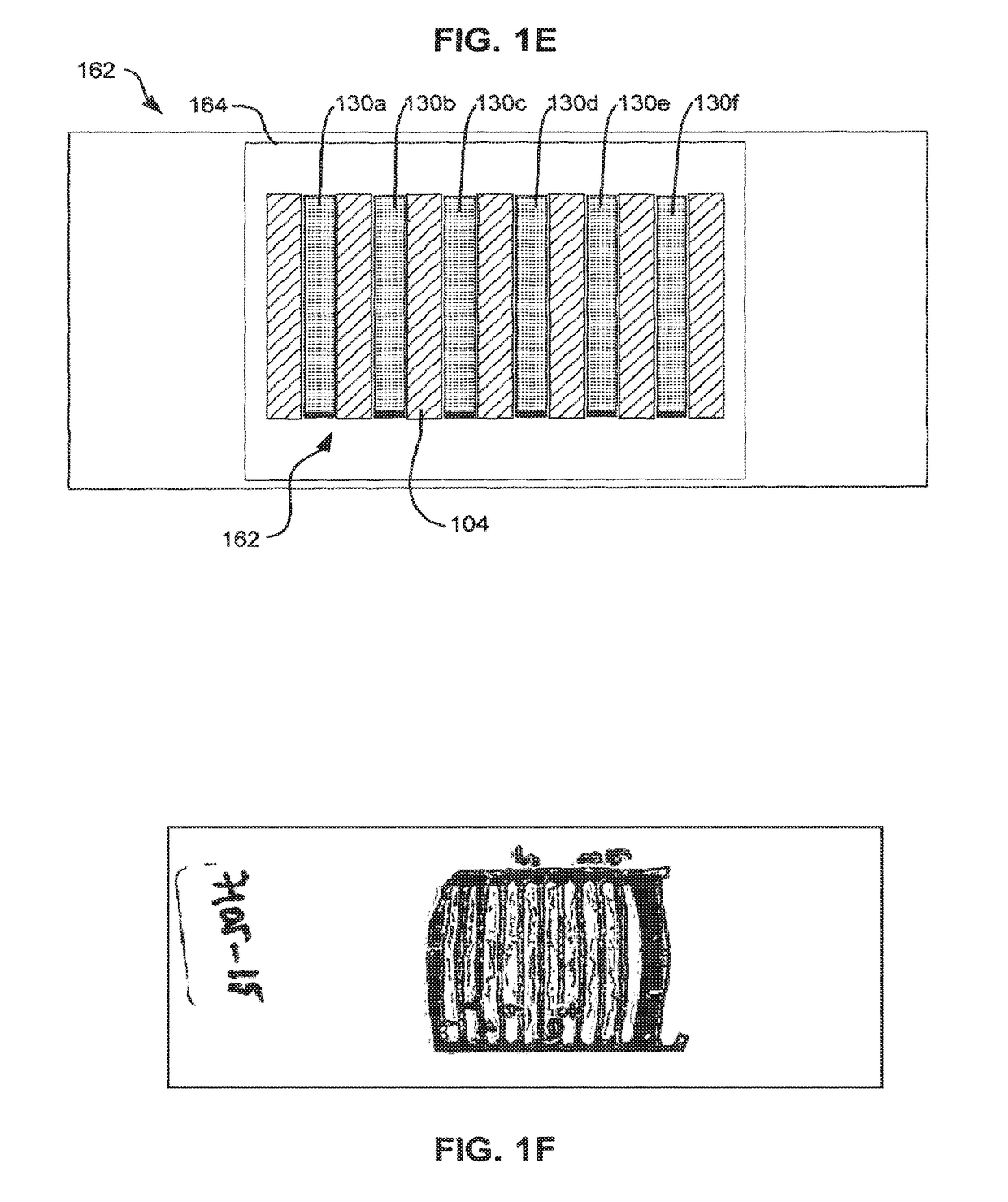Matrix for receiving a tissue sample and use thereof
a tissue sample and matrix technology, applied in the field of custom-made matrix, can solve the problems of inconvenient preparation of tissue samples for examination, inexact individual processing of biopsies by conventional methods, cumbersome, etc., and achieve the effect of generating high yield and minimal losses, and avoiding inconvenient processing
- Summary
- Abstract
- Description
- Claims
- Application Information
AI Technical Summary
Benefits of technology
Problems solved by technology
Method used
Image
Examples
first example
[0115]The aim of the study was to assess the suitability and effectiveness of our new method of prostate biopsy collection, processing and analysis using the grooved matrix block as disclosed herein within a pilot trial, as well as to start a comprehensive tissue archive for further multi-center prospective longitudinal cohort studies.
[0116]Method: A multiplex grooved matrix block 300d as disclosed herein was constructed from a protein gel (see FIG. 3D) and used for aligning the specimens by the urologist who collected the biopsies from 30 patients suspected of prostate cancer. Inclusion criteria for participants in the trial were based on clinical (positive DRE) or biochemical (PSA>2.5 ng / ml) suspicion of prostate cancer. Up to 12 biopsy cores per patient (gauge 18) were collected with an ultrasound-guided biopsy gun in a single matrix and placed in a matrix 300d as shown in FIGS. 4A-4C. As shown in FIG. 4A, the biopsy core 400 was exposed at the tip of the needle 410 of the biopsy...
PUM
| Property | Measurement | Unit |
|---|---|---|
| diameter | aaaaa | aaaaa |
| thickness | aaaaa | aaaaa |
| thickness | aaaaa | aaaaa |
Abstract
Description
Claims
Application Information
 Login to View More
Login to View More - R&D
- Intellectual Property
- Life Sciences
- Materials
- Tech Scout
- Unparalleled Data Quality
- Higher Quality Content
- 60% Fewer Hallucinations
Browse by: Latest US Patents, China's latest patents, Technical Efficacy Thesaurus, Application Domain, Technology Topic, Popular Technical Reports.
© 2025 PatSnap. All rights reserved.Legal|Privacy policy|Modern Slavery Act Transparency Statement|Sitemap|About US| Contact US: help@patsnap.com



